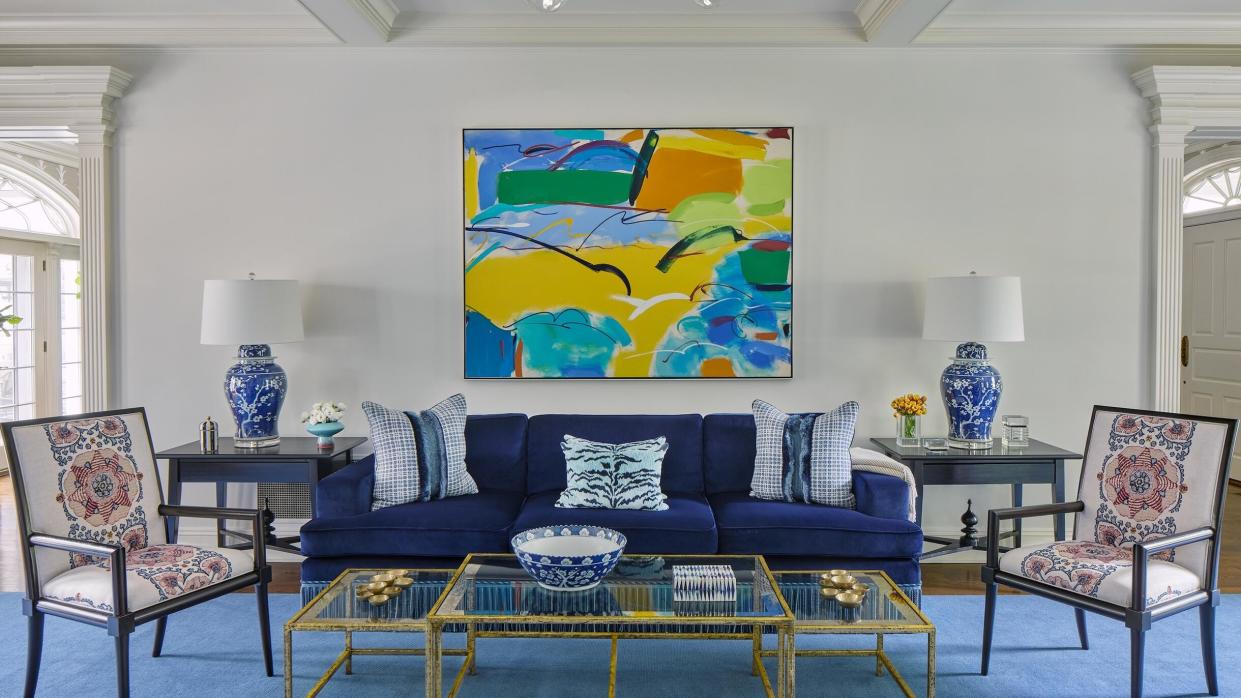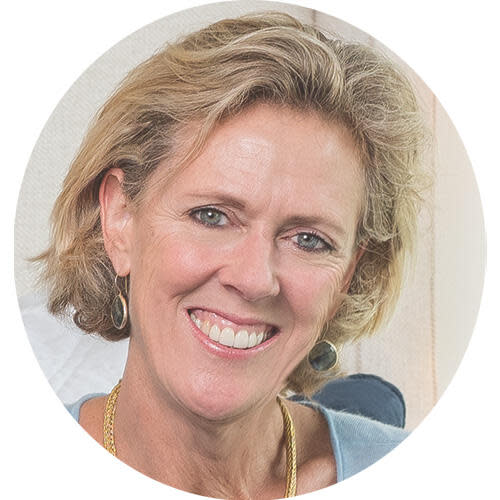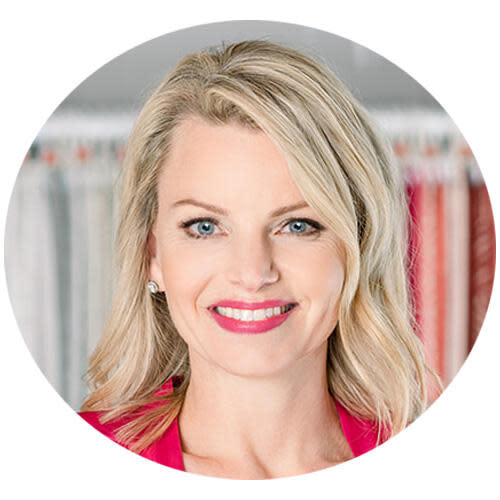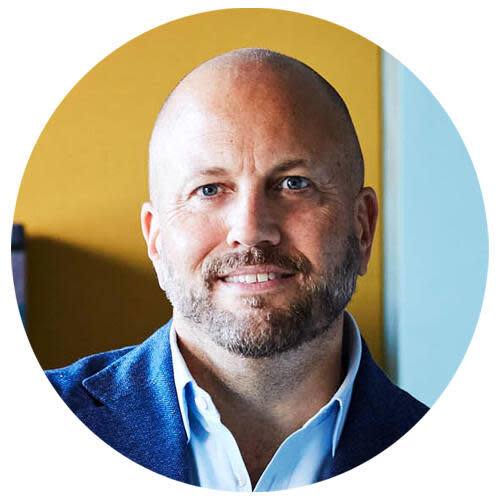Does your firm have a minimum budget?

Trade Tales | Jan 19, 2024
By Aidan Taylor
It’s essential in any project to know both how much your work is worth and how much your clients are willing to invest, so that everyone’s on the same page. This week, we asked five designers—Linda Allen, Linda Banks, Janelle Blakely Photopoulos, Kevin Isbell and Katie Rosenfeld—how they set their firm’s minimums and discuss expectations with clients.

Upfront and Honest
“I don’t have a minimum, but I have an idea of what our typical project scope looks like, so I always establish a realistic and honest budget before we begin working with clients to ensure we are all speaking the same language. If we are not aligned, then usually we aren’t a good match.” —Katie Rosenfeld, Katie Rosenfeld & Co., Wellesley, Massachusetts

Beyond the Budget
“We’re much more interested in the type of project and what kind of people the clients are than setting a hard, fast minimum. Fifteen years after operating behind closed doors, I bought a freestanding building and opened a furniture showroom and retail store. That was a game changer for us. We could pass along smaller projects and one-room consultations to our showroom staff. That allowed the design studio to focus on two types of projects: ongoing repeat business from existing clients [and] whole-house projects or substantial renovations and decorating [for new clients]. I am also a sucker for a great kitchen remodel. I always say, ‘Our best clients get our best work, and it has nothing to do with the budget.’” —Linda Banks, Banks Design Associates, Falmouth, Maine

Set the Tone
“Managing expectations from the get-go is critical to building trust with clients. Once we finalize the scope of work, we establish a starting investment to ensure we’re aligned with our clients before going under contract. The ‘minimum’ is directly tied to the scope of work, every time. It makes no sense to tell a client our project minimum is $100K when their scope would require $300K to execute. If the starting investment is higher than the client wants to invest, then the scope gets reduced to fall within a range they’re comfortable with.” —Janelle Blakely Photopoulos, Blakely Interior Design, North Kingstown, Rhode Island

Same Page
“Establishing minimums for interior design projects is a key aspect of my business strategy. I start by considering the overall square footage of the project. This baseline calculation helps create an initial framework for the scope of work. From here, I apply a dollar-per-square-foot estimation. This estimate isn’t arbitrary; it’s meticulously calculated based on analysis of historical data from previous projects. When I communicate this to potential clients, I present it as a range—for instance, ‘You can anticipate the total pretax spend to be between X and Y per square foot.’ This range is not just a financial estimate but also a tool for setting realistic expectations, allowing clients to quickly assess the financial scope of their project and decide if it aligns with their budget. By being upfront about costs, I can ensure that the projects I undertake are a good fit for both the client and my design practice.” —Kevin Isbell, Kevin Isbell Interiors, Los Angeles

All In
“Once I know our personalities are a good fit, I create set design fees from the project scope that makes sense for my clients and me. But I don’t usually do small decorating jobs unless it’s for repeat clients. That’s very difficult, because I put 500 percent into my work.” —Linda Allen, Linda Allen Designs, Las Vegas
Want to stay informed? Sign up for our newsletter, which recaps the week’s stories, and get in-depth industry news and analysis each quarter by subscribing to our print magazine. Join BOH Insider for discounts, workshops and access to special events such as the Future of Home conference.

